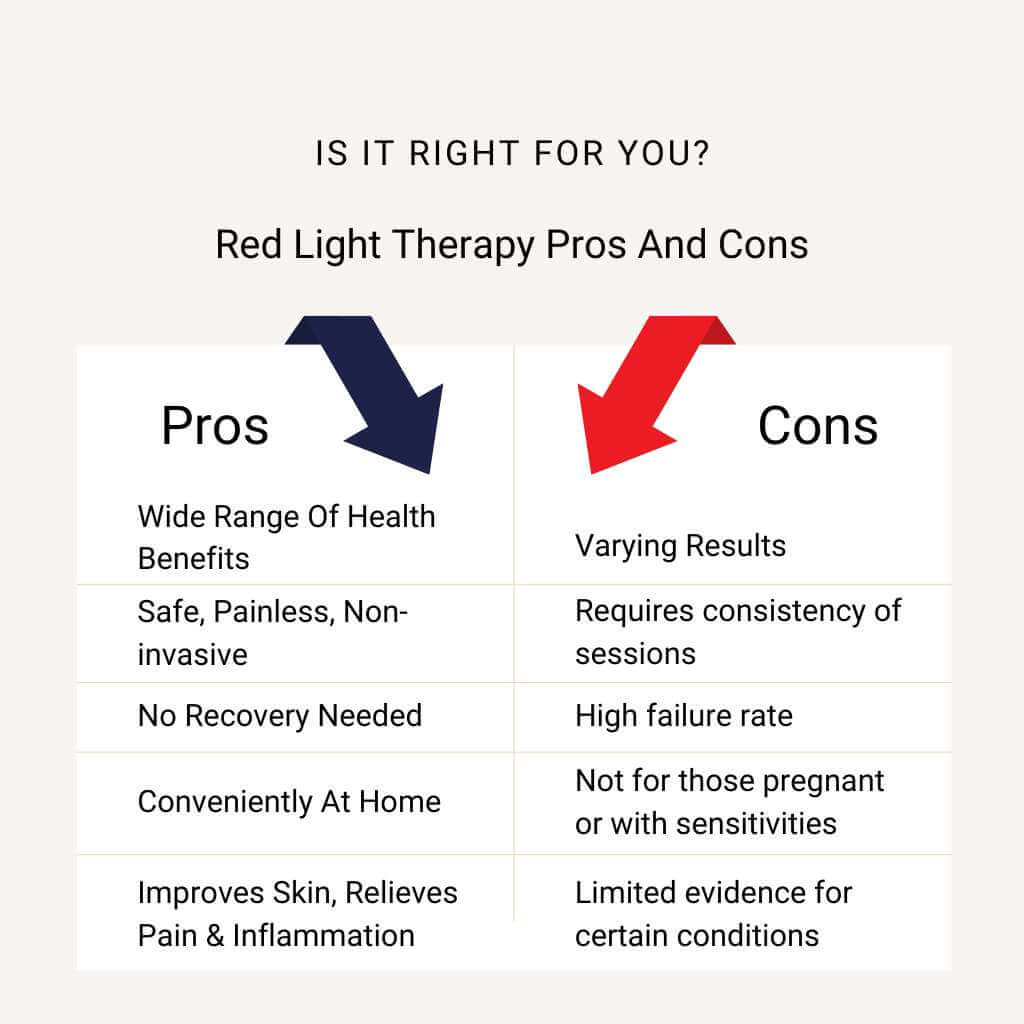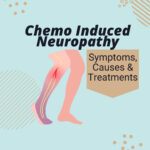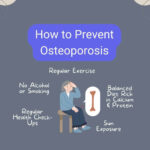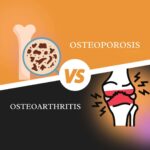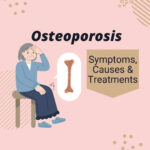Ganglion cysts are fluid-filled lumps commonly found near joints or tendons. While ganglion cysts are typically harmless, they can be bothersome and impact mobility. This blog post aims to shed light on ganglion cysts by exploring their characteristics, thickness, potential causes, and treatment options available. We will also discuss a potential link of ganglion cyst and vitamin deficiency.

Understanding Ganglion Cysts
Ganglion cysts are noncancerous growths filled with a jelly-like fluid. They commonly form near joints or tendons on the wrist, hand, fingers, ankle, or foot. The fluid inside these cysts is thick and sticky, similar to the consistency of jelly.
These cysts can vary in size and thickness, depending on their location and other factors. They may appear as a small bump or a larger mass.
Cause Of Ganglion Cysts
The exact cause of ganglion cyst formation is unknown; however, there are several factors that could contribute to their development.
- Repetitive movements or overuse of certain joints may increase the risk of developing ganglion cysts.
- When your joints or tendons get irritated, it can lead to the formation of these cysts. So if you’ve had previous injuries, or repetitive movements, you might be at a higher risk of developing a ganglion cyst.
- If you already have an underlying joint condition such as arthritis, it can make you more susceptible to ganglion cysts. Arthritis causes inflammation in the joints, which can create an environment ripe for cyst formation.
Treatment Of Ganglion Cyst
In most cases, ganglion cysts do not require treatment and may resolve on their own over time. However, if a cyst is causing pain or interfering with joint movement, treatment options may be considered. These can include aspiration, where the fluid is drained from the cyst using a needle, or surgical removal of the cyst.
It’s important to note that ganglion cysts have a tendency to recur even after treatment. Therefore, it’s crucial to follow up with your healthcare provider if you experience any symptoms or concerns regarding a ganglion cyst.
Symptoms of Ganglion Cysts
Ganglion cysts can cause a range of symptoms that may vary from person to person. Here are some common signs to watch out for:
Visible lump or swelling near a joint or tendon
One of the most noticeable symptoms of ganglion cysts is the presence of a visible lump or swelling near a joint or tendon. This lump is often round and firm, and it can be seen and felt under the skin. The size of the cyst may vary, ranging from small to quite large.
Pain or discomfort when moving the affected area
In addition to the visible lump, some individuals may experience pain or discomfort when moving the area where the ganglion cyst is located. This pain can range from mild to severe and may worsen with certain activities that put pressure on the cyst.
Numbness or tingling sensations
If a ganglion cyst presses on nearby nerves, it can lead to numbness or tingling sensations in the affected area. This can cause temporary loss of sensation or abnormal sensations like pins and needles. It’s important to note that not all ganglion cysts result in nerve compression, so these symptoms may not always be present.
Ganglion Cysts and Vitamin D Deficiency
While there is no direct link between vitamin D deficiency and the development of ganglion cysts, maintaining optimal levels of this essential vitamin is crucial for overall bone health and immune function. Adequate levels of vitamin D may also support the healing process in case surgery becomes necessary to remove it.
Vitamin deficiencies can have various impacts on our health, such as wound healing. However, studies have not found a specific connection between low vitamin D levels and the formation of ganglion cysts. However, it’s important to note that vitamin D plays a vital role in maintaining strong bones by aiding in calcium absorption. Without enough vitamin D, our bones may become weak and brittle, increasing the risk of fractures or injuries.
If you are diagnosed with a ganglion cyst and surgical intervention becomes necessary, having sufficient levels of vitamin D may aid in the healing process post-surgery. Vitamin D has been shown to play a role in wound healing by promoting collagen synthesis and reducing inflammation. By supporting these processes, optimal vitamin D levels can potentially enhance recovery after surgical removal of a ganglion cyst.
To maintain healthy levels of vitamin D, it’s important to get regular exposure to sunlight as well as consume foods rich in this nutrient. Spending time outdoors allows our skin to produce vitamin D when exposed to sunlight. Foods like fatty fish (salmon, mackerel), fortified dairy products (milk, yogurt), egg yolks, and mushrooms contain varying amounts of naturally occurring or added vitamin D.
Treatment Options and Home Remedies
Non-surgical treatment options
If you’re dealing with a ganglion cyst, there are some non-surgical treatment options that can help alleviate your symptoms. One option is immobilization, which means keeping the affected area still and avoiding any unnecessary movement. This can be done by using splints or wrist braces to support the joint and limit its range of motion.
Aspiration as a treatment method
Another treatment option is aspiration, which involves removing the fluid from the cyst using a needle and syringe. This procedure can be performed in a doctor’s office and may provide temporary relief from pain and discomfort. However, it’s important to note that ganglion cysts have a tendency to recur even after aspiration.
Surgical removal of the cyst
In some cases, surgical removal of the ganglion cyst may be necessary. This typically occurs if conservative measures fail to provide relief or if the cyst causes severe pain or limits functionality. During surgery, the cyst is carefully excised along with its stalk or connection to nearby nerves or tendons.
Home remedies for ganglion cysts
Alongside medical treatments, there are also some home remedies that can potentially help manage ganglion cysts. Applying warm compresses to the affected area may help reduce swelling and alleviate pain. Gentle massaging around the cyst might also promote blood circulation and facilitate healing.
Lifestyle Adjustments Preventing Ganglion Cysts
To prevent ganglion cysts, it’s important to make some lifestyle adjustments and follow certain prevention strategies. Here are a few tips to keep in mind:
Avoid Repetitive Movements
Repetitive movements that strain joints and tendons can increase the risk of developing ganglion cysts. It’s essential to be mindful of these activities and try to avoid them as much as possible. For example, if you frequently engage in activities like typing or knitting that put stress on your wrists, take regular breaks and stretch your hands and fingers.
Wear Protective Gear
If you participate in activities that involve putting stress on your wrists or hands, such as playing sports or working with heavy machinery, wearing protective gear can help reduce the risk of developing ganglion cysts. Wrist braces or splints can provide support and stability, minimizing the strain on your joints.
Maintain Overall Joint Health
Taking care of your overall joint health is crucial for preventing ganglion cyst formation. Regular exercise helps keep your joints strong and flexible. Engaging in low-impact exercises like swimming or cycling can be beneficial. Maintaining a balanced diet rich in nutrients supports joint health. Including foods like fatty fish (such as salmon) that are high in omega-3 fatty acids can help reduce inflammation and promote joint health.
It’s important to note that while making these lifestyle adjustments may lower the risk of developing ganglion cysts, they do not guarantee complete prevention. Other factors such as genetics and underlying medical conditions may also contribute to their formation.
When to Consult a Doctor
If you experience persistent pain, limited mobility, or worsening symptoms associated with a ganglion cyst, seeking medical attention is recommended.
A healthcare professional will be able to provide an accurate diagnosis and recommend appropriate treatment options based on your individual circumstances. They may perform a physical examination of the affected area and ask about your medical history. In some cases, they might order imaging tests like X-rays or ultrasounds to get a better view of the cyst.
Conclusion
In conclusion, ganglion cysts are fluid-filled sacs that commonly develop on the joints or tendons of the wrists and hands. They can cause discomfort and limited mobility, affecting individuals’ quality of life.
If you suspect you have a ganglion cyst or are experiencing symptoms such as pain or restricted movement, it is important to consult a healthcare professional for an accurate diagnosis and appropriate treatment options. Treatment may include conservative measures such as immobilization or aspiration, while more severe cases may require surgical intervention. Maintaining adequate levels of vitamin D through diet and sunlight exposure may be beneficial in preventing the development of ganglion cysts.
FAQs
What is a ganglion cyst?
A ganglion cyst is a noncancerous lump that usually forms on the joints or tendons of the wrist or hand. It appears as a round or oval-shaped bump filled with fluid. They are typically harmless and painless, but they can cause discomfort if they press on nearby nerves.
What causes ganglion cysts?
The exact cause of ganglion cysts is not known, but they often develop due to repetitive stress or injury to a joint or tendon. They may also be associated with underlying joint conditions such as osteoarthritis.
What’ the relationship of ganglion cyst vitamin deficiency?
There is no scientific evidence linking vitamin deficiency to the development of ganglion cysts. They are primarily caused by joint or tendon irritation, rather than nutritional factors. While maintaining a balanced diet rich in vitamins and minerals is important for overall health, it does not play a significant role in preventing or causing the cyst formation.
How are ganglion cysts diagnosed?
Ganglion cysts are usually diagnosed through physical examination and medical history assessment by a healthcare professional. In some cases, imaging tests like ultrasound or MRI may be recommended to confirm the diagnosis and rule out other possible conditions with similar symptoms.
What are the treatment options for ganglion cysts?
In many cases, ganglion cysts do not require treatment and may disappear on their own over time. If the cyst becomes painful, limits mobility, or causes discomfort, treatment options may include aspiration (draining the fluid from the cyst), corticosteroid injections to reduce inflammation, splinting, or surgical removal in more severe cases.
You May Also Like
- How To Improve Gut Microbiome – 26 May 2024
- Chemo neuropathy treatment: What to do? – 19 May 2024
- How to Prevent Osteoporosis: Effective Strategies & Simple Steps – 28 December 2023



